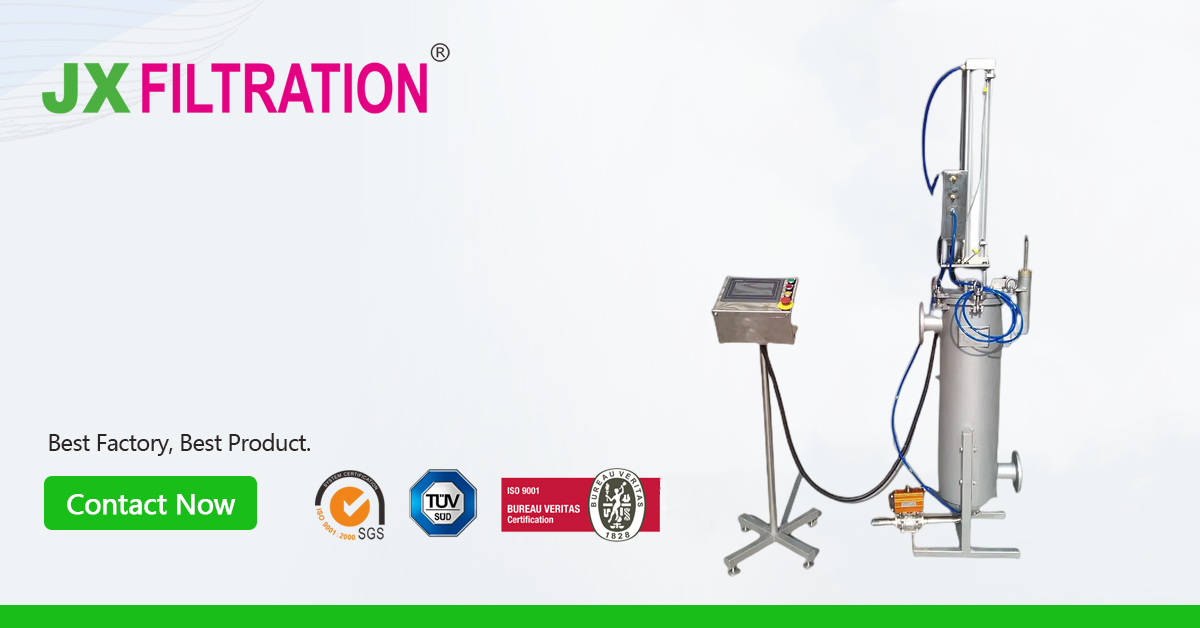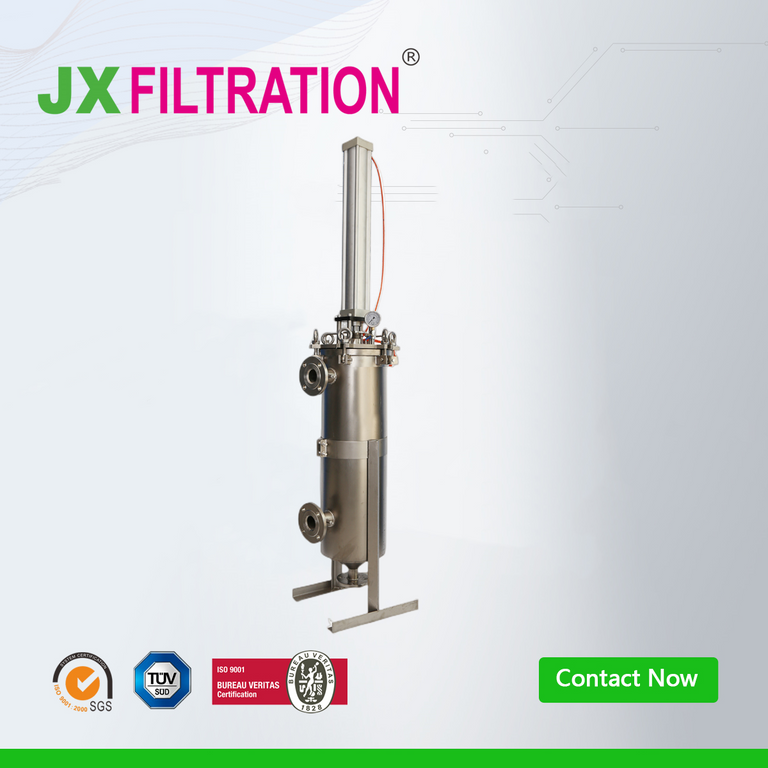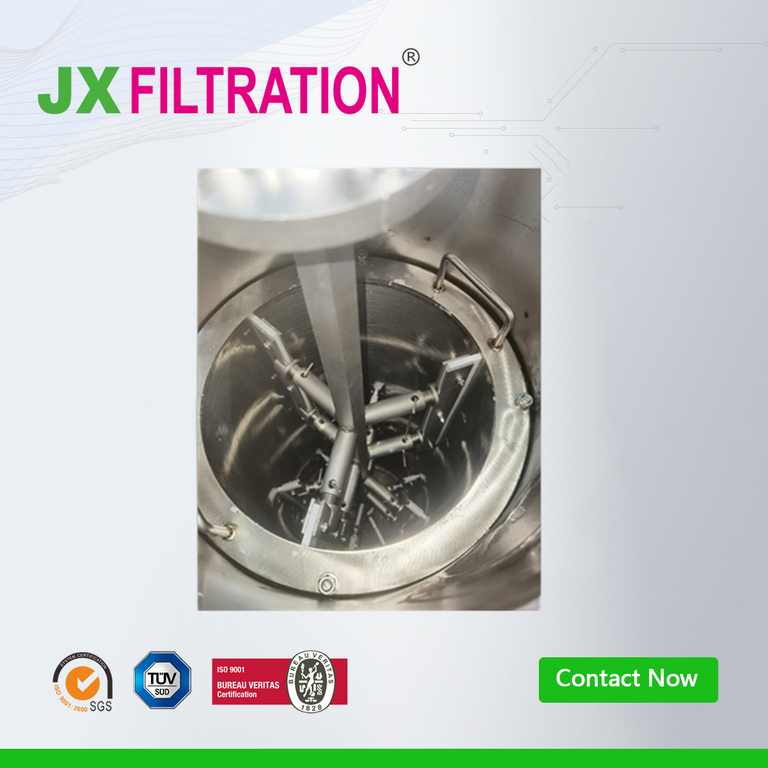Precautions of Using Self-cleaning Filter
Self-cleaning filters are widely used in the water treatment industry. Their simple design and excellent performance ensure optimal filtration of sewage. The main components include a motor, control box, control pipeline, main pipe assembly, filter element assembly, stainless steel brush, frame assembly, transmission shaft, inlet and outlet connection flanges, etc.

Self-cleaning filters overcome many drawbacks of traditional filtration products, such as low pollutant holding capacity, susceptibility to clogging, the need to disassemble and clean the filter parts, and the inability to monitor the filter status. They filter the raw water, automatically clean and discharge pollutants from the filter element, and maintain uninterrupted water supply during the cleaning and discharging process. The system can monitor the working status of the filter, providing a high level of automation. It covers various filtration precision requirements from 50 microns to 3000 microns.
Self-cleaning filters operate and control without the need for any external power source, automatically cleaning the filter and discharging pollutants. During backwashing, water continues to flow, and the cleaning cycle can be adjusted. The default self-cleaning time is 10-60 seconds, and the water loss during cleaning is only 0.08% to 0.6% of the filtered water volume. The filtration accuracy can reach 50-3000 microns, the working pressure can reach 0.6-1.6 MPa, and the flow rate per unit can range from 10 to 5000 m³/h. They can be installed vertically, horizontally, or inverted in any direction and position, suitable for various industries such as industrial, agricultural, municipal, power, electronics, pharmaceuticals, food, dyeing, construction, steel, metallurgy, papermaking, etc.
Working principle: When water enters the filter cylinder from the inlet, impurities are intercepted on the inner wall of the filter cylinder. The filtered clean water flows out from the outlet. When the impurities on the inner wall of the filter cylinder accumulate, and the pressure difference between the inlet and outlet of the filter reaches the preset value or the cleaning time is reached, or manually preset, the filter will start the self-cleaning process. The entire self-cleaning process includes two steps: opening the automatic drain valve on the filter, and the motor drives the cleaning brush inside the filter to remove impurities intercepted by the filter, which are then discharged through the drain valve. The entire operation process of the filter is controlled by an intelligent control box randomly equipped with the filter. Control methods include pressure difference, time, manual, and PLC program control.
Precautions:
- Self-cleaning filters should only be used at the rated voltage/frequency indicated on the nameplate.
- Regular maintenance of the filter is required. Before cleaning and maintenance, be sure to disconnect the power supply to the self-cleaning filter.
- Ensure that the power plug is not wet during cleaning. Dry the plug before reconnecting the power supply.
- Do not unplug the power cord with wet hands.
- Do not use the filter if it is damaged, especially if the power cord is damaged.
- Ensure that the self-cleaning filter operates at the correct water level; the filter should not be used without water.
- Do not disassemble or repair the filter privately to avoid danger or damage to the machine. Repairs should be done by professionals.
Any Requirements, Contact Us Now!
Kris
Email/Teams: kris@filtrationchina.com
Mobile/Whatsapp/Wechat: +86 18980776200


